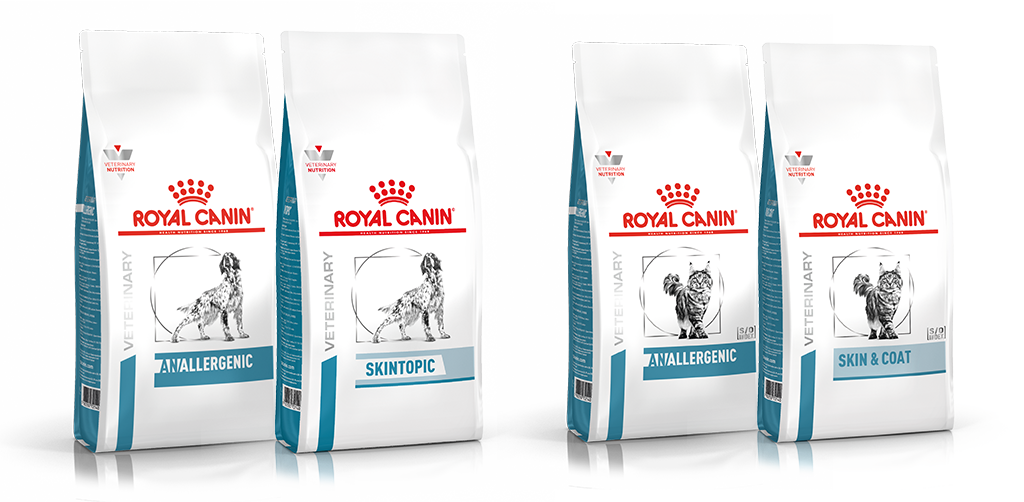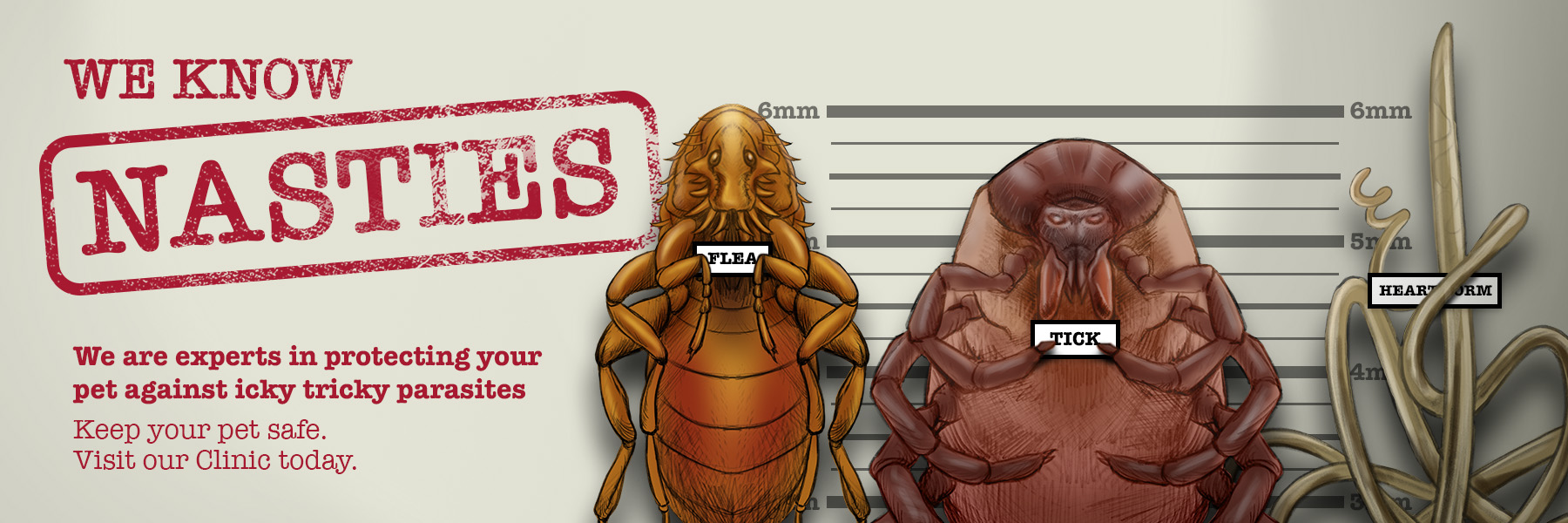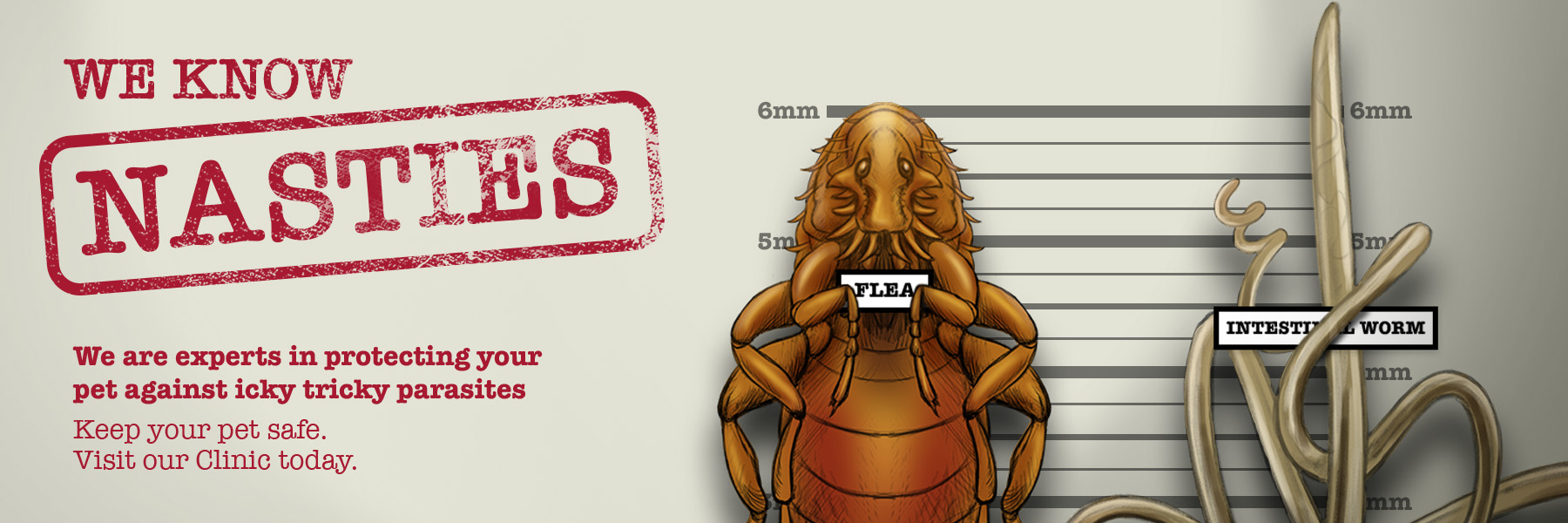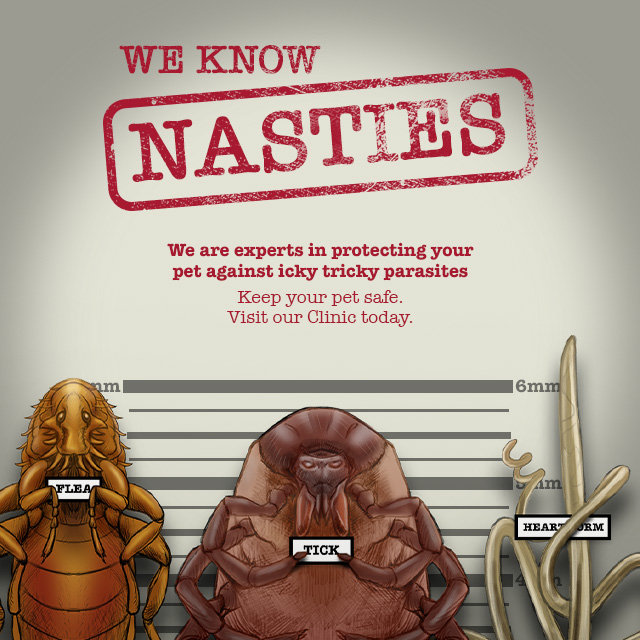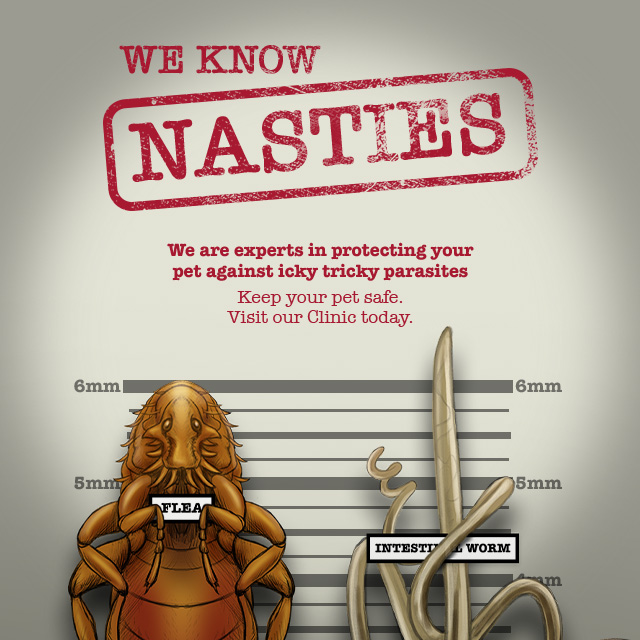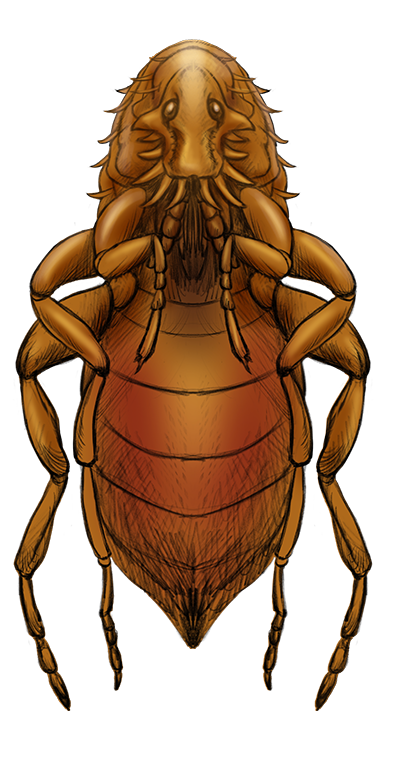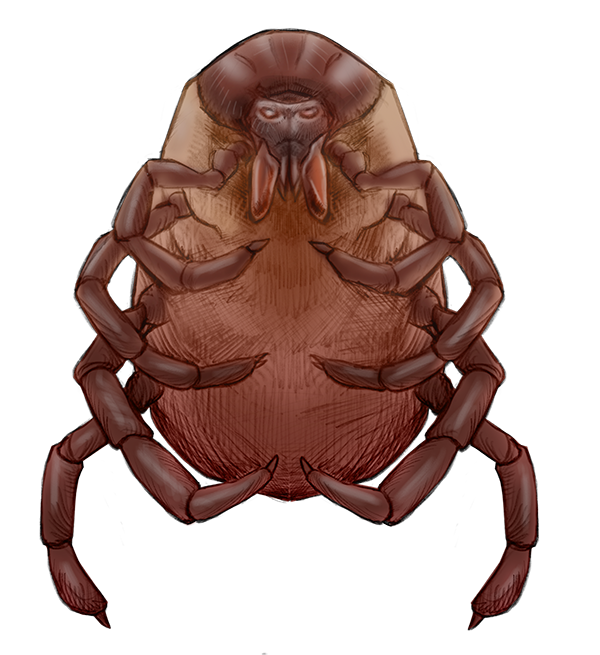Is your pet suffering from a dermatological condition?
Just like us, our four-legged friends can suffer from skin issues and irritations from time to time. But unlike us, they can’t always communicate their dermatological complaints and tend to suffer in silence as a result. That’s why it’s important for us to look out for the signs.
If your best mate displays any of the common signs below, it’s best to come and see us to get them checked out by the vet. The good news is that skin issues in cats and dogs are generally treatable, so we can get your pet back to doing what they love, without all the itching!

Dermatological Issues for Dogs
The two most common reasons for dermatological issues in dogs are allergies and parasites. Summer and the hotter weather tend to make things a little worse or bring up problems that haven’t presented themselves before.
While we can’t speak doggy (yet), there are some tell-tale behavioural and physical signs that can mean a visit to see us to get it checked out is in order.
If you notice your dog is licking themselves a lot, has itchy spots, stinky ears, is dropping dandruff, has runny, swollen, or itchy eyes, has a funky smell, or is shaking or tilting their head a lot, you should book in a consult with us.
While these symptoms might sound a little nasty, the good news is they are generally treatable, and hopefully in no time your best mate will be doing way more ball catching and way less skin itching.
Speak to your vet about new treatment options in Dermatology

Dermatological Issues for Cats
Just like us humans, our feline friends can suffer from skin issues and irritations from time to time, with many cats having itchy skin, especially around the head, body and belly, caused by a dermatological condition.
The two most common reasons are allergies and parasites, with summer and the hotter weather tending to make things a little worse or bring up problems that haven’t presented themselves before.
While we haven’t unlocked the secret to speaking fluent cat (we’re learning though), there are some behavioural and physical signs that can mean a visit to see us to get it checked out and sorted is in order.
If you notice your cat has bumpy spots, scaly skin, thinning or loss of coat, vomiting hairballs or itchy bits, you should book in a consult with us.
While these symptoms might sound a little nasty, the good news is they are generally treatable, and hopefully, in no time your cat will be doing way more purring and way less itching.
Speak to your vet about new treatment options in Dermatology

Feeding your pet a premium diet can have many benefits for their overall health, including aiding in the management of a dermatological condition. There are specific diets available that are designed to help pets with skin disease, allergies and more.
What are the benefits of premium nutrition for pets?
- Formulated with the health of the animal in mind
- Developed by nutritionists, food scientists and veterinarians
- Made with high-quality ingredients
- A complete and balanced diet
- Aligns with pet food industry regulations
- Made with exceptional quality control
- Highly digestible
Talk to your vet about premium diet options to help your pet live their best life.



